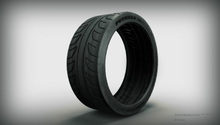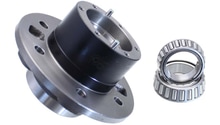Lexus: Why Do My Tires Thump?
If you hear a thumping noise coming from your tire, the issue could be a number of things. Here's what to do if you have a thumping tire.
This article applies to the Lexus IS, ES, GS, and RX (2005-2014).
From worn suspension parts to a faulty tire, a thumping tire can be a sign of many different problems. It's important to diagnose the problem as soon as it arises so you can both get rid of the annoying noise and prevent a tire blowout or other damage.

Materials Needed
- Socket set
- Jack
- Jack stands
- Tire iron
Step 1 - Check lug nuts
Loose lug nuts can cause the wheel to move side to side which can cause a thumping noise. It's important to regularly check the torque on the lug nuts around once a month or so to prevent this problem. Since loose lug nuts can cause the wheel to slide around, this can widen out the lug holes on the wheel, which means the wheel will eventually have to be replaced. It can also cause the studs to break off due to the force of the wheel hitting them. The worst case scenario is a wheel falling off while driving at high speeds, which can cause a deadly accident.
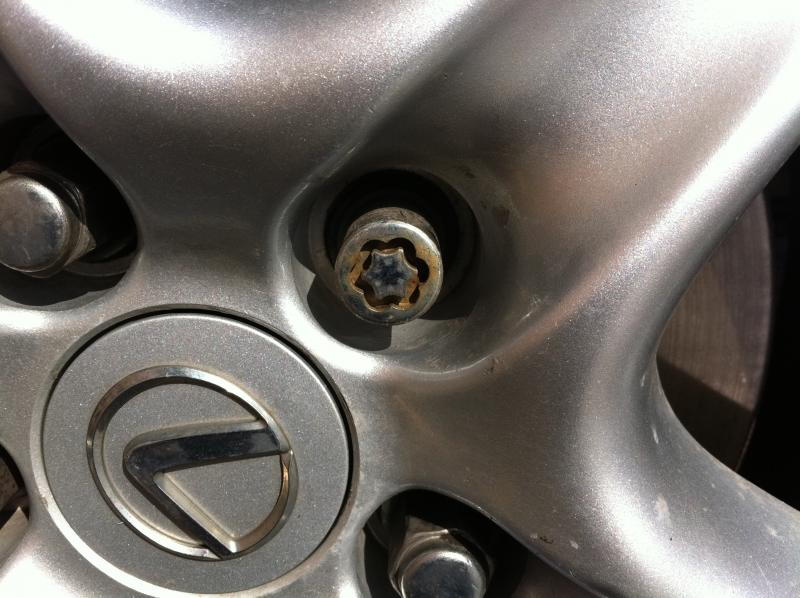
Step 2 - Inspect tires for uneven wear
Uneven tire wear can be caused by a defect in the tire, a bad alignment, worn suspension components, or not rotating the tires regularly. Normally a visual inspection and running your hands along the tire is enough to inspect for uneven wear. Some of the tires that come on the cars from the dealer's lot are prone to wearing unevenly before they hit 15k miles; however, Lexus will normally replace these free of charge with a different brand of tires.
- When doing a visual inspection, look for excessive wear on the edge or the middle of the tire compared to the rest of the tire.
- You can also run your hand along the tread of the tire; it should feel relatively smooth and more or less like a uniform round shape.
Any tire found to have uneven wear should be replaced. You'll want to check both the suspension and the alignment to prevent the problem from happening again.
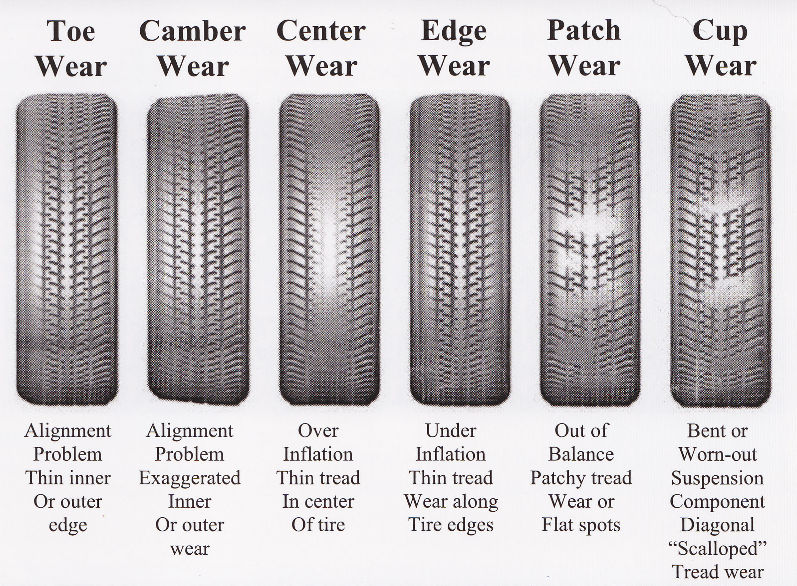
Step 3 - Check for flat spotting, bubbles, or unbalanced tires
Flat spotting normally occurs when the vehicle sits too long in the same position, usually for more than two weeks. However, after driving for 1-2k miles, the flat spot will eventually go away. You can test for a flat-spotted tire by rotating that wheel to a different position on the car and seeing if the sound moves with it. If the sound doesn't go away after a couple of thousand miles, you may need to have the tire balanced. Tires rarely come out of a mold perfectly round, so wheel weights need to be added to help balance the rotating mass. Any tire shop can check and balance a tire if needed.
If it doesn't need to be balanced, you may have the beginning stages of a tire bubble. These are caused when the belt inside the tire breaks and the air pressure can push directly on the rubber, causing it to bubble outward. If this is the case you'll need to replace the tire because it will eventually blow out from constant contact to the bubble.
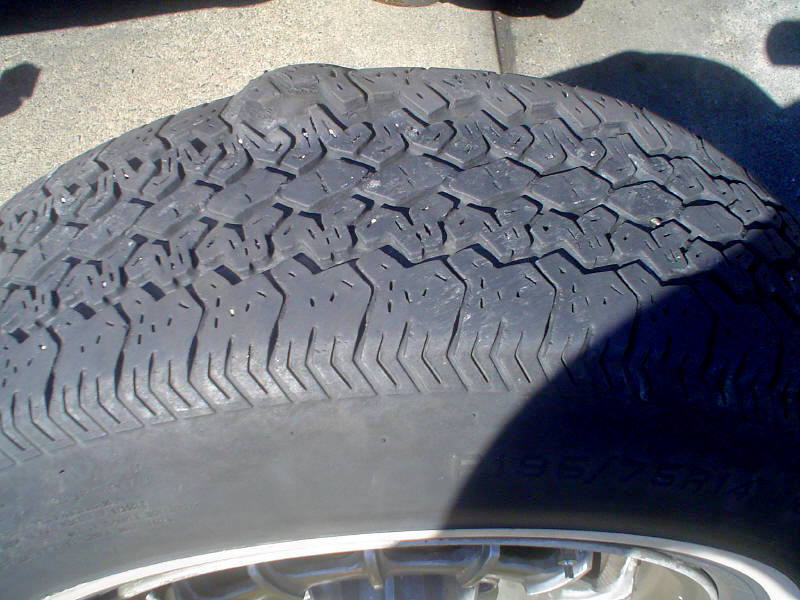
Step 4 - Check for bad suspension components
If the sound doesn't move when rotating the tire, the most likely cause is a suspension component. Bad tie rod ends will also give you a vibration in the steering wheel or just make it generally feel loose. Bad ball joints will also give a popping sound when turning the steering wheel side to side. Bad wheel bearings will also cause a whirring sound when driving; however, it can be pretty difficult to hear this.

Related Discussions and Site
- Thumping Noise Coming From Driver's Side Area - ClubLexus.com
- Thump Forums - ClubLexus.com
- Bad Outer Control Arm - Youtube.com





